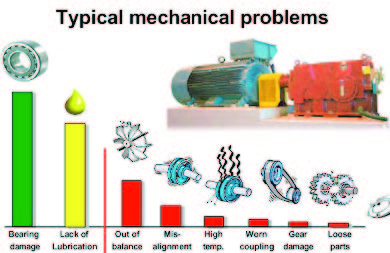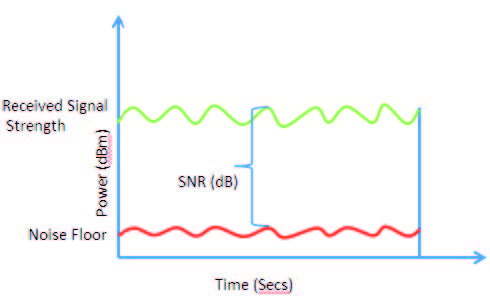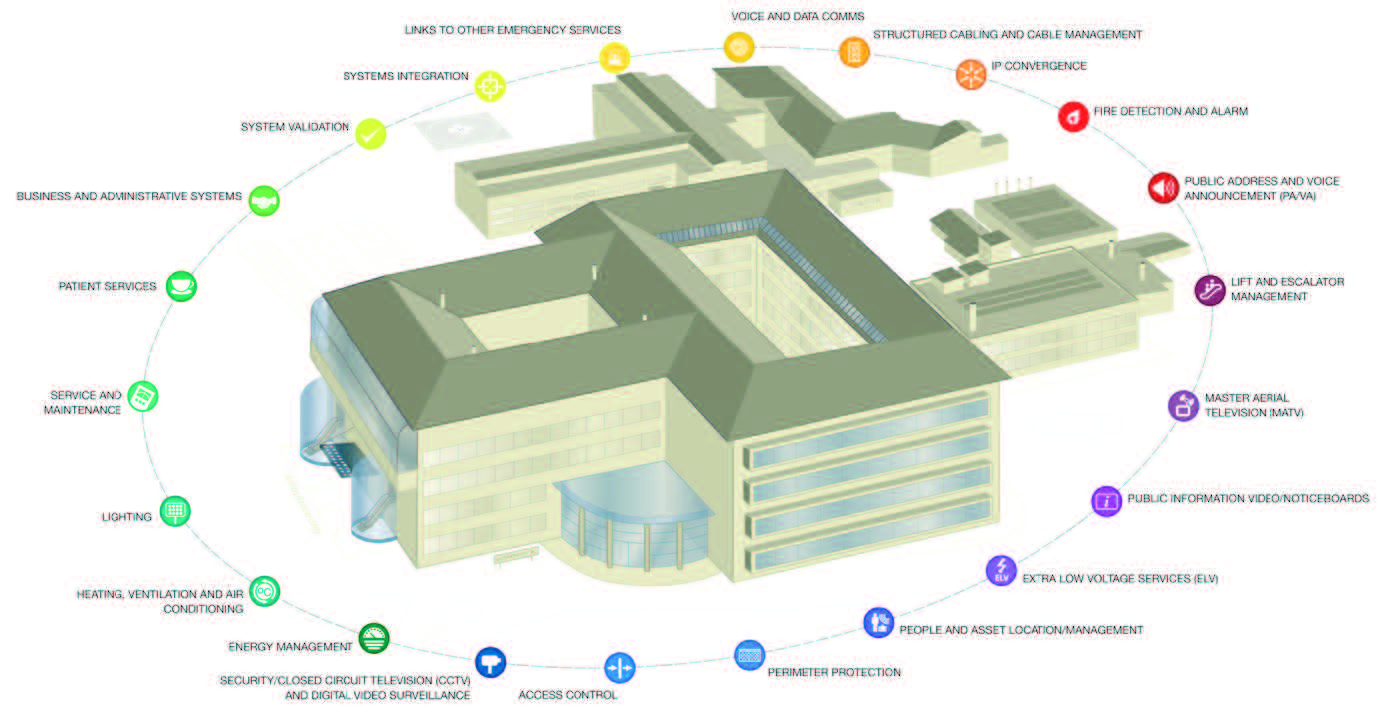الصيانة
الصيانة هي جزء من عمر أي نظام، ومن المهم ضمان عملها الكافي والآمن. ومع ذلك ، فإن تكاليف الصيانة الوقت والمال ، وقد يتطلب القيام بها تقييد أو مقاطعة عمل النظام. الصيانة القائمة على أسس راسخة هي ممارسة هندسية ، في حين أن الصيانة غير الضرورية ليست فقط مضيعة للموارد ، ولكنها أيضًا ضارة بعمل النظام ككل. تهتم إدارة التسهيلات بالعملاء الأساسي للعميل وبالتالي فهي تبحث عن أنظمة تساهم في هذا المسعى. مراقبة الحالة والصيانة التنبؤية هي تلك الأنظمة التي تظهر غالبًا في سياق هندسة الأمان وتناسب أي هدف من أهداف مدير المرافق.
 Both Condition Monitoring and Predictive Maintenance systems are used to predict equipment or component maintenance, and to monitor corrosion, oil condition, arcing, bearing wear, overheating and other parameters that can lead to the breakdown of capital equipment. They incorporate technologies such as vibration measurement and analysis, infrared (IR) thermography, oil analysis and tribology, and motor current signature analysis (MCSA). Vibration analysis systems apply the principle that all moving bodies produce sound waves. By contrast, predictive maintenance and condition monitoring systems that use infrared thermography measure the emission of heat. Oil analysis and tribology systems are used to monitor the friction, lubrication and wear of interacting surfaces in relative motion. Motor current signature analysis (MCSA) systems provide information about electrical faults caused by excessive motor starts or overloading. Because rotor bar damage is difficult to detect with a vibration signature, MCSA systems are often used to prevent motor failure with mission-critical machinery.
Both Condition Monitoring and Predictive Maintenance systems are used to predict equipment or component maintenance, and to monitor corrosion, oil condition, arcing, bearing wear, overheating and other parameters that can lead to the breakdown of capital equipment. They incorporate technologies such as vibration measurement and analysis, infrared (IR) thermography, oil analysis and tribology, and motor current signature analysis (MCSA). Vibration analysis systems apply the principle that all moving bodies produce sound waves. By contrast, predictive maintenance and condition monitoring systems that use infrared thermography measure the emission of heat. Oil analysis and tribology systems are used to monitor the friction, lubrication and wear of interacting surfaces in relative motion. Motor current signature analysis (MCSA) systems provide information about electrical faults caused by excessive motor starts or overloading. Because rotor bar damage is difficult to detect with a vibration signature, MCSA systems are often used to prevent motor failure with mission-critical machinery.
 Many predictive maintenance systems and condition monitoring systems use acoustic vibration monitoring (AVM) to identify vibrations which correspond to specific defects. There are several different AVM techniques. Low-frequency vibration measurement systems are used to indicate that a component is in advanced state of wear because of problems such as imbalance or misalignment. Service personnel can then repair machinery of equipment before component failure occurs. High-frequency vibration measurements also help to prevent downtime, but typically trigger alarms before a mechanical component enters a failure state. Exactly which parameters are monitored depends, of course, on application and equipment: they include, for example, temperature and vibration parameters for electrical drives, or Signal-to-noise ratio (abbreviated SNR or S/N) levels for communication equipment. Not only can these parameters indicate an impending failure, but they can also indicate which components are most likely to be at fault, thus enabling engineers to plan and target their maintenance operations with more accuracy.
Many predictive maintenance systems and condition monitoring systems use acoustic vibration monitoring (AVM) to identify vibrations which correspond to specific defects. There are several different AVM techniques. Low-frequency vibration measurement systems are used to indicate that a component is in advanced state of wear because of problems such as imbalance or misalignment. Service personnel can then repair machinery of equipment before component failure occurs. High-frequency vibration measurements also help to prevent downtime, but typically trigger alarms before a mechanical component enters a failure state. Exactly which parameters are monitored depends, of course, on application and equipment: they include, for example, temperature and vibration parameters for electrical drives, or Signal-to-noise ratio (abbreviated SNR or S/N) levels for communication equipment. Not only can these parameters indicate an impending failure, but they can also indicate which components are most likely to be at fault, thus enabling engineers to plan and target their maintenance operations with more accuracy.
Although predictive maintenance and condition monitoring systems vary in terms of features and cost, they consistently improve equipment reliability through the prediction and avoidance of costly failures. Predictive maintenance and condition monitoring systems also minimize downtime by enabling facilities to plan and schedule repairs. In turn, component life is maximized by avoiding conditions such as lubrication contamination and misalignment. Predictive Maintenance enables more efficient, longer-term planning for maintenance operations and makes it easier to define operational maintenance goals and to allocate maintenance resources. Consequently, in recent years, Predictive Maintenance has come to rely increasingly on Machine Learning techniques. Machine Learning refers to a set of statistical techniques, which enable computer systems to learn how to identify and classify patterns in large volumes of data and to make predictions based on it.

